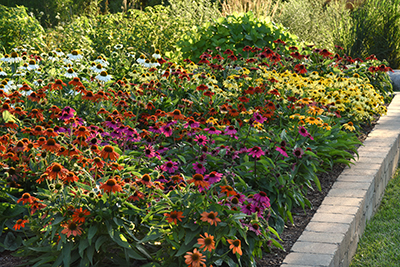From Tissue Culture To Coneflower

Taskeen Khan
Assistant Scientist, Ball Horticultural Company
Echinacea Double Scoop and Echinacea Sombrero are some of my favorite perennials. Double Scoop provides abundant, fully double flowers that maintain their color all season long, while also being equipped to survive periods of drought and intense winters. Echinacea Sombrero ensures my garden is filled with constant blooms, punchy colors and pollinators. It is hard to imagine these plants growing anywhere besides a garden, but surprisingly, they spend the beginning of their lives in laboratories.
This is because both varieties are grown in tissue culture. Tissue culture is the process of using a small part of a plant to generate new plants in nutrient-rich, sterile conditions.
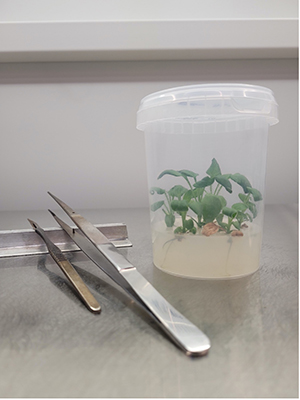
For these Echinacea, the tissue culture journey begins when a leaf disk is collected from a stock plant, which has been carefully chosen by Darwin Perennial breeders. The leaf disk is then brought to the tissue culture lab. After a gentle bleach bath to kill external microbes, it is placed in a petri dish on a Jell-O like media, which is made up of just the right mix of sugars, salts and rooting hormones.
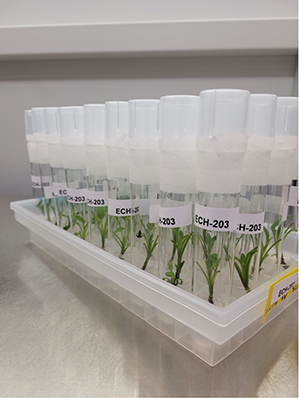
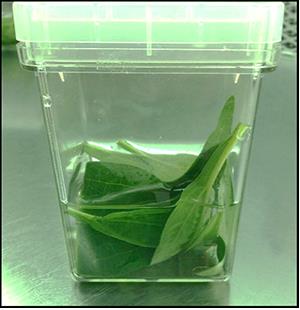
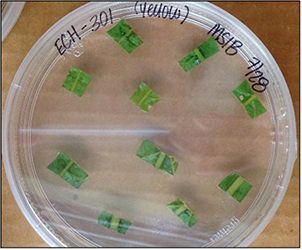
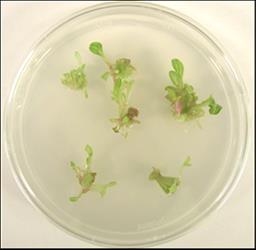
Slowly, new shoots begin to grow from the leaf. Once the shoots are large enough, they are separated from the leaf disk and put into a new container to grow into plantlets.
As the plantlets get larger, it is time for them to be propagated. The top few inches of each plantlet is removed and put into its own container, where it eventually grows into a full plant. The base of the original plantlet grows a new tip, and in a few weeks, both plants are ready for a second round of propagation. The cycle repeats.
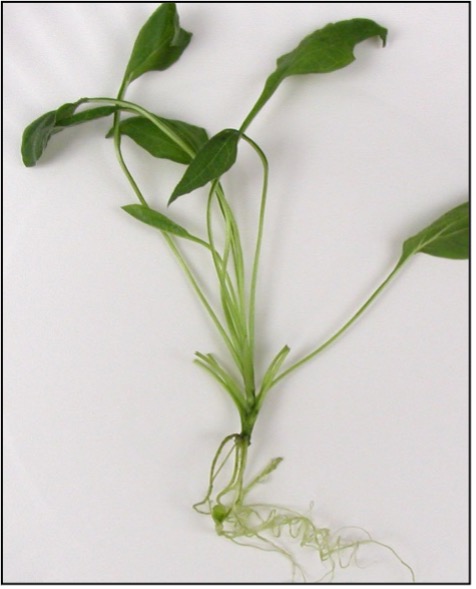
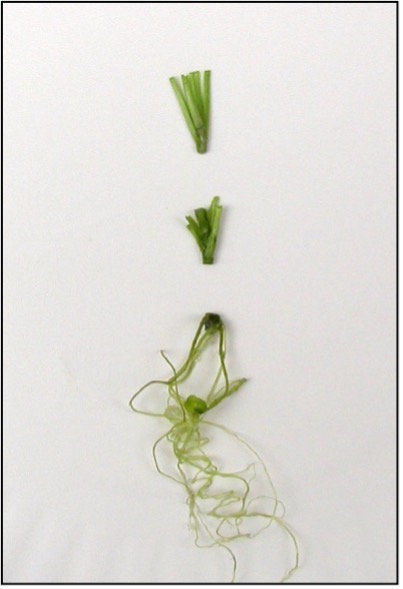
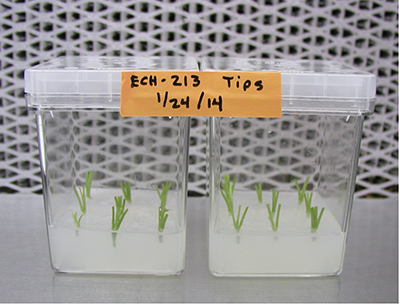
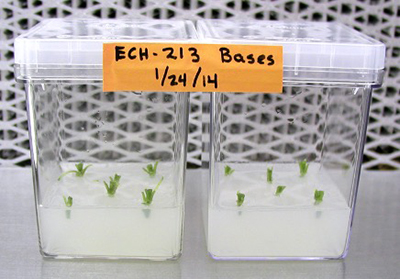
This method of propagation makes it possible to build up a stock of thousands of plants over just a few months. However, these plants aren’t quite ready for the garden yet. Before they are ready for growers and end-users, they must first be sent to rooting stations, where they are taken out of tissue culture conditions and acclimatized to greenhouse conditions.
Not only does tissue culture provide a way to quickly cultivate large amounts of plants, it also ensures that each plant is free of disease. Leaf disks are tested for bacteria, viruses and pathogens before they used for propagation. Additionally, the media and vessels used are sterilized to ensure that the plants are not exposed to microbes as they grow in the lab. Tissue culture plants also spend most of their time in grow rooms, inside of which temperature, day length and light levels can all be controlled. This makes it easy to create the perfect conditions for healthy, consistent growth.
Echinacea as a class make quite the transformation: From pampered tissue culture plantlets, to hardy plants that can survive even the coldest of winters. After being planted in the garden, they reemerge in the spring looking just as beautiful as the year before. The next time I water my Echinacea, maybe I should swap my watering jug for a beaker and gardening gloves for a lab coat, in honor of where my plants began.
